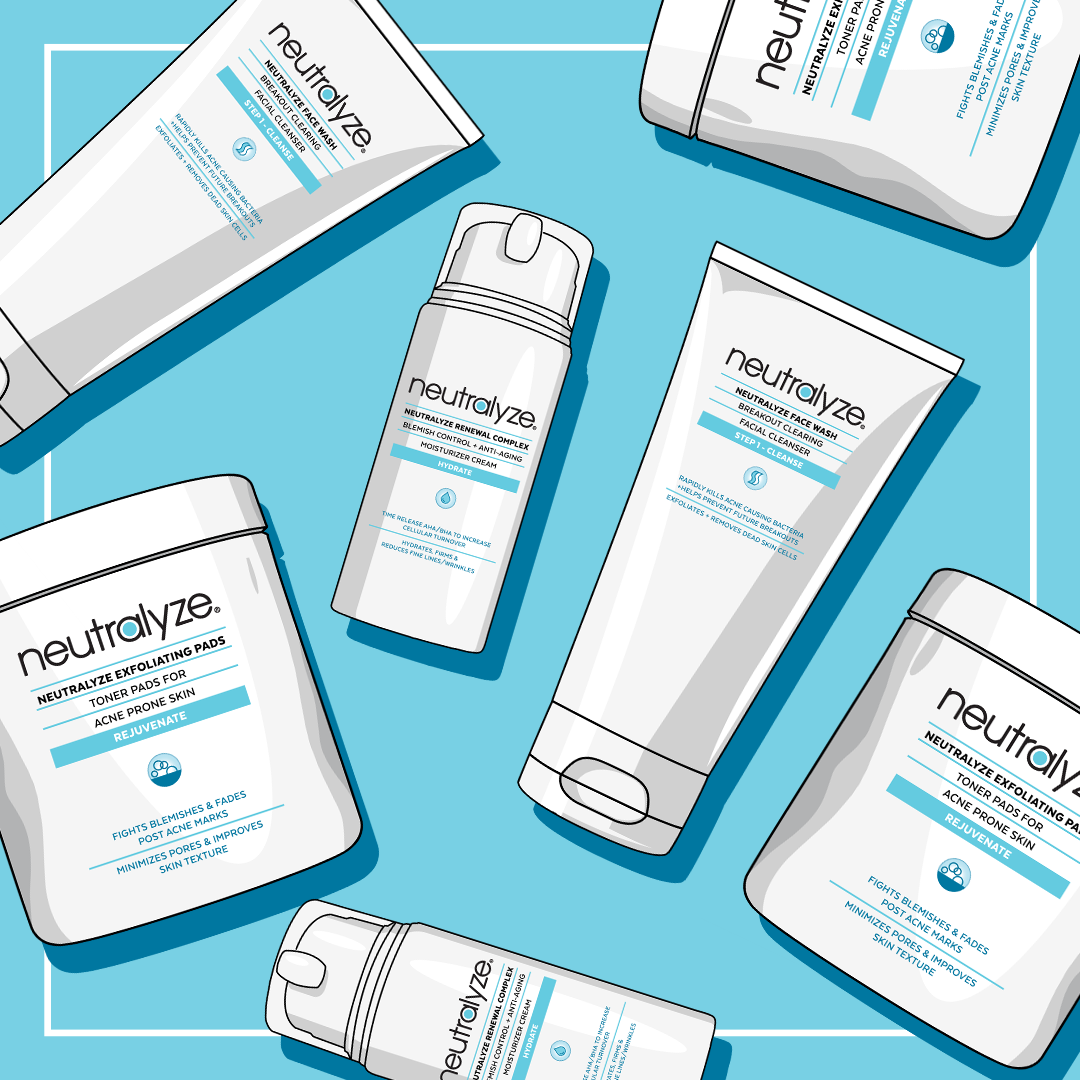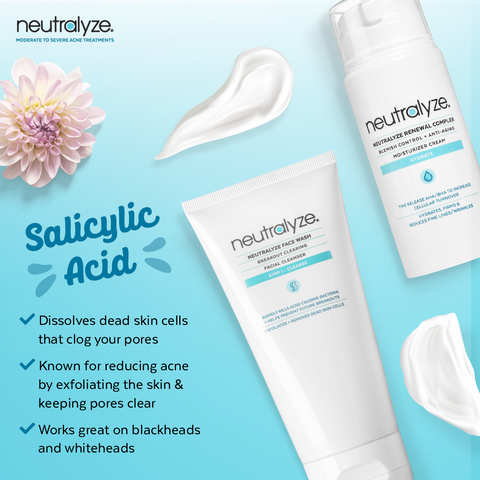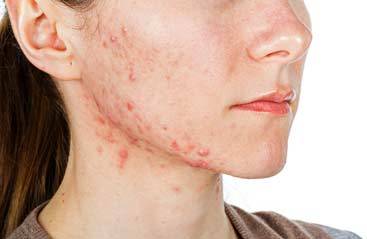Why You Need To Be Applying SPF

Summer’s over, but there’s one thing that must go on—using SPF every day. Before you scratch sunscreen and other sun-protective items off your shopping list, find out what might happen if you stop using them.
Here’s a short guide on understanding what SPF is and why it’s important to keep your skin protected all year round.
Ultra-Harmful Ultraviolets
Knowing your enemy is half the battle. In this case, the enemy is the sun. Before we delve into SPF, let’s take a peek at what it does to your skin.
The sun emits three kinds of UV radiation – UVC, UVB, and UVA. UVC is the most damaging type but it doesn’t really reach the earth’s surface. It is absorbed completely by the ozone in the earth’s atmosphere. So, unless you are an astronaut working in a space station, you are pretty much safe from natural UVC.
UVB is believed to be the culprit for most sunburns. At noontime, it can damage your epidermis within just 15 minutes of sun exposure. It also accelerates skin aging and promotes the development of skin cancer. Thankfully, most UVB is filtered by the atmosphere with only about 5% getting through. Nonetheless, it still causes significant damage to the skin and your health.
About 95% of the UV radiation that reaches the Earth’s surface is UVA. Decades ago, UVA was not considered a serious concern. While it is responsible for skin tanning, it was not considered as a cause for any lasting damage to the skin. However, studies have since shown that it is also as harmful as UVB. It penetrates deep into the inner layers of the skin and enhances the development of skin cancer.
These UV rays damage the DNA in the skin cells. Unlike sunburn that can be soothed with lotions or creams, the damage in the DNA can’t be repaired. With repeated and constant exposure, the DNA damage builds up over time. This can eventually lead to skin cancer.
I’m sure you wouldn’t want you and your family to suffer from the harmful effects of these ultraviolet rays. Ensure protection by using products with SPF.
What is SPF
Sun Protection Factor (SPF) compares the skin’s reaction to the sun with and without sunscreen. Its number indicates how long UVB rays take to cause skin redness when sunscreen is applied compared to when none is used. Basically, an SPF15 product will take your skin 15 times longer to redden than if you had no protection at all.
However, this does not mean that you can stay out in the sun for 7.5 hours with an SPF15 sunscreen if it normally takes 30 minutes for you to get a sunburn. It’s not as simple as that. The protection any SPF product provides is affected by the intensity of exposure, type of skin, the amount applied, frequency of reapplication, and other factors.
Still, the general rule is the higher the SPF, the better your sun protection.
The Benefits of Using SPF
Protection from harmful UV rays
Harmful UV rays reach the earth every day all year round. Regardless of the season or your geographical location, you are exposed to UV rays. Even when you don’t feel the scorching heat of the sun directly on your skin, the danger is still there. UV rays can pass through clouds on an overcast day. They can even be dispersed further by light clouds.
Aside from this, surfaces like dry sand on the beach, snow-covered ground, and seafoam reflect the sun’s rays. In fact, snow reflects as much as 80% of UV rays. So even winter is never an excuse to skip that sunscreen.
Lower risk for developing skin cancer
Approximately 3.3 million people are diagnosed with skin cancers each year in the US alone. This statistic shows just how many people are susceptible to developing the disease. One study in Canada reveals that 80% to 90% of skin cancers are associated with UV exposure. The same study also shows that using sunscreen reduces the risk of developing both nonmelanoma and melanoma skin cancer.
While sunscreen alone won’t prevent all types of skin cancer from occurring, regular daily use can decrease the risk of contracting it.
Averts premature aging of the skin
When UV lights go through the layers of the skin, they create cellular mayhem. They break down collagen and cause photoaging. These result in lines, saggy skin, wrinkles, brown spots, and uneven skin texture. You end up looking older than you actually are. SPF products stop this from happening by preventing UV rays from penetrating your skin. A study shows that skin aging was 24% less in people who applied daily sunscreen compared to those who did not.
If you don’t want to deal with wrinkles and saggy skin ten years in advance, start slathering SPF every day.
Reduced photosensitivity
There are dozens of medicines that heighten photosensitivity. These include tetracyclines, fluoroquinolones, tricyclics, hydrochlorothiazide, and diltiazem. Some meds may sound familiar such as simvastatin, ibuprofen, and isotretinoin. Then there are also antifungals, antihistamines, and chemotherapy drugs that make the skin highly sensitive to sun rays.
Some medical conditions such as the autoimmune diseases lupus also increase photosensitivity. Products with SPF can reduce photosensitivity and enables you to meet your raised protection requirements due to these medications and diseases.
How to Choose SPF
With hundreds of SPF products out there, it can be difficult to pick the right one. Here’s a quick guide that you can use when choosing an SPF.
Get your numbers right
Again, the higher the SPF the better the sun protection. Make sure you get at least an SPF 15 for daily use. This would be fine for minimal sun exposure, like when driving to work or walking the dog around the block. If you tend to spend more time outdoors, get an SPF 30 or higher with the Active Seal of Recommendation.
Choose broad-spectrum
Because only UVBs were considered harmful decades ago, SPF only indicates protection against UVB rays. To get protection from all types of UV rays, look for broad-spectrum products. These protect you from both UVA and UVB.
Check the ingredients
Most sunscreens today have a combination of inorganic mineral compounds and organic filters. Mineral compounds, such as titanium dioxide and zinc oxide, create a physical barrier. They act like shields that block and deflect UV rays before they penetrate the skin. On the other hand, organic filters like avobenzone, octisalate, and oxybenzone act like sponges that absorb UV rays and prevent them from damaging skin cells.
If you have highly sensitive skin or existing medical conditions, consult your doctor when choosing your SPF product. This will ensure that you would have no adverse reaction to any of the ingredients.
Get Better Protection with Proper SPF Use
There’s more to sun protection than knowing about SPF and buying the right products. To maximize the benefits of the products you use, follow usage instructions carefully. Apply sunscreen every day regardless of the season, your skin type, or your daily schedule. Use an ample amount and reapply frequently when outdoors for long hours.
But don’t just really on sunscreen alone. Get total sun protection by wearing clothes with UPF, wide-brimmed hats, and UV blocking sunglasses. Keep in mind that prevention is better than cure even when it comes to skincare.


